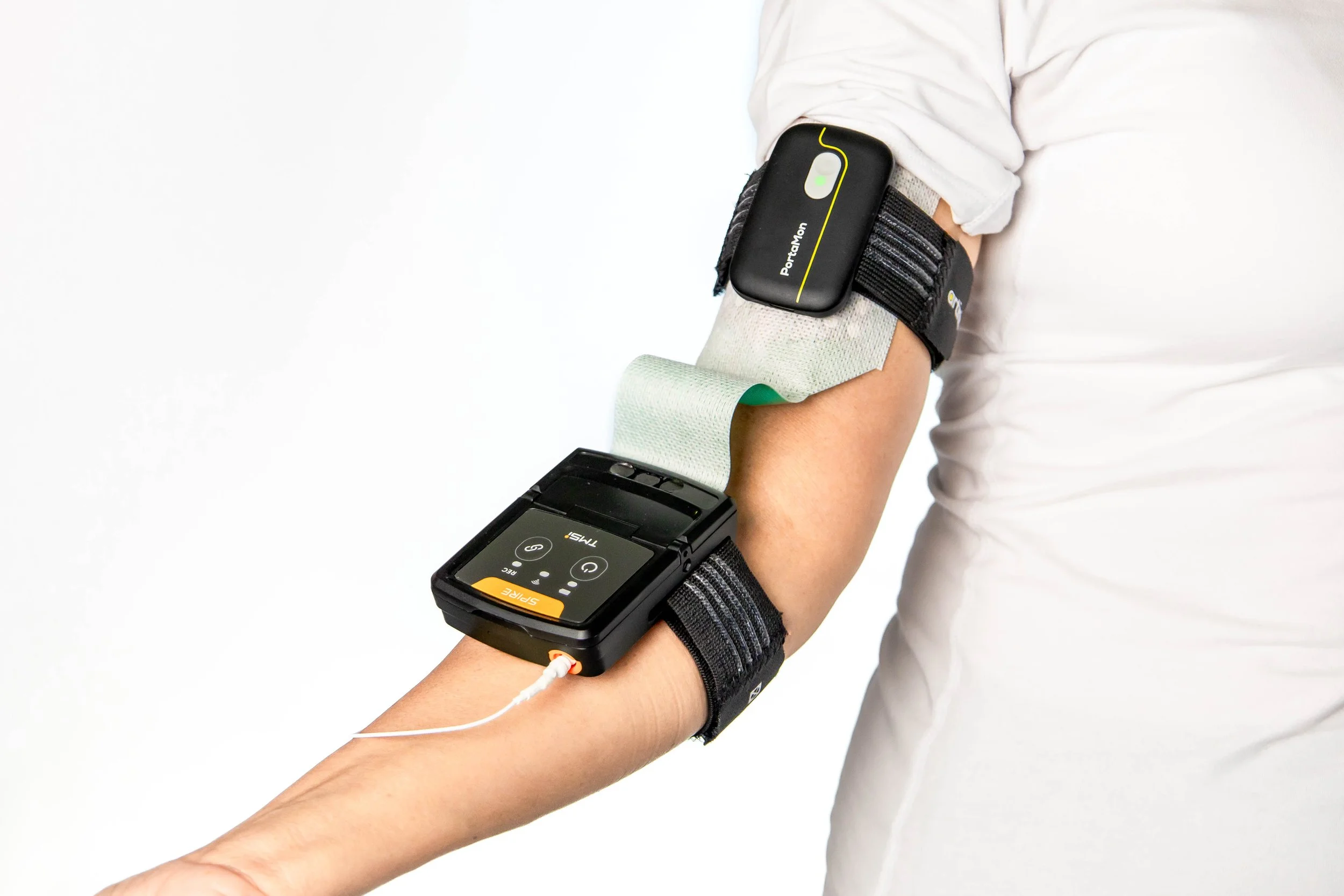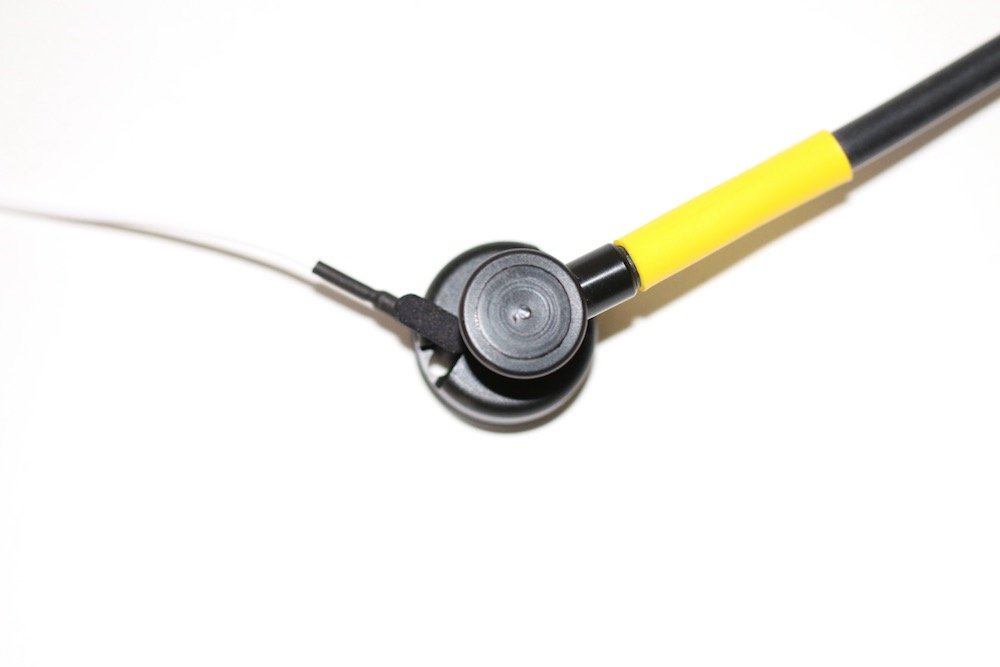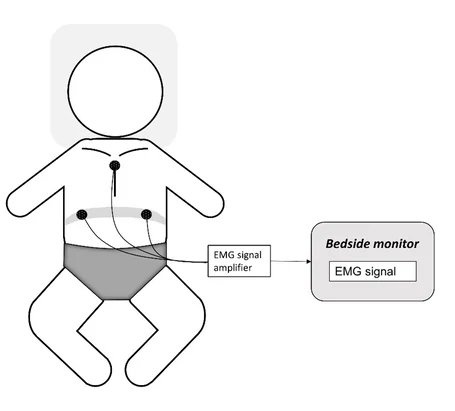Integrating HD-EMG and muscle NIRS: Gain advanced muscle insights
Multimodal HD-EMG and mNIRS measurements
Multimodality measurements combining various techniques are increasingly used in muscle research to achieve a complete picture of muscle function. Two techniques providing complementary information in muscle studies are Near-Infrared Spectroscopy (NIRS) and High-Density Electromyography (HD-EMG or HDsEMG). NIRS enables getting insights into local muscle oxygenation, whereas HD-EMG allows for receiving fast temporal and spatial information on muscle activity. Combining both portable and lightweight methodologies can provide significant advantages to further understand muscle activity and metabolism in many applications. In our latest blog post, we briefly explain the techniques behind NIRS and HD-EMG, their main applications, and further dive into the benefits that the performance of simultaneous measurements with both techniques can bring to your research.
In our latest blog post collaboration with Artinis, we shortly explain the techniques behind NIRS and HD-EMG, their main applications, and further dive into the benefits that the performance of simultaneous measurements with both techniques can bring to your research.










Multimodal approaches are increasingly used in muscle research to provide a comprehensive view of muscle function. HD-EMG captures detailed temporal and spatial muscle activity, while NIRS measures local muscle oxygenation. Combining these portable techniques offers significant advantages for studying muscle activity and metabolism simultaneously.